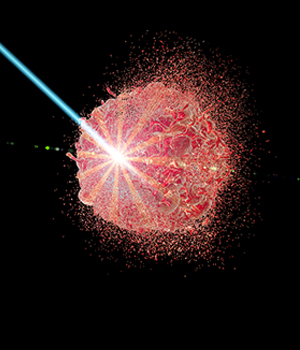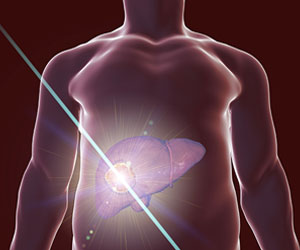Heat and Laser Based Therapy
A selection of physical methods, such as heat, laser and ultrasound are used to target, shrink and destroy cancer cells.

WHAT IS HEAT AND LASER BASED THERAPY?
This form of therapy involves the use of methods including heat, laser and ultrasound. These methods are used to target, shrink tumors, destroy cancer cells and stimulate the immune system. The advantage heat and laser based therapy has over traditional chemotherapy is that this therapy does not put the immune system under stress since it does not destroy active cells. Similar to how radiotherapy and surgery targets the actual cancer mass or cells, these methods do the same.
HEAT AND LASER BASED THERAPY AT ESPERANCE
At Esperance, we use different types of heat and light based therapy depending on the stage of cancer and where the tumor is located. Heat and light based therapy is generally most effective on localized cancers, such as breast and prostate cancer.
Photodynamic therapy
Photodynamic therapy matches specific extracted botanical agents such as curcumin, hypericin, ICG and chlorine e6 in conjunction with an appropriately chosen laser that corresponds with the botanical agent (photosensitizer) activating it at the tumor site. The treatment involves injecting the botanical agent into the bloodstream or locally into the tumor. When the botanical agent is exposed to a specific wavelength of laser, it creates an environment that kills cancer cells in the area.

Sonodynamic therapy
Sonodynamic therapy is a treatment approach that involves a combination of low-intensity ultrasound and specialised extracted botanical agents known as sonosensitizers. The ultrasound is used to activate the sonosensitizers at the tumor site, which will then kill cancer cells.

Hyperthermia
Hyperthermia is a type of treatment that exposes the body tissue to high temperatures (42-44 ˚C) to kill cancer cells. The high temperatures of hyperthermia aim to damage the proteins and structures within cancer cells. Thus, hyperthermia may shrink the tumor.